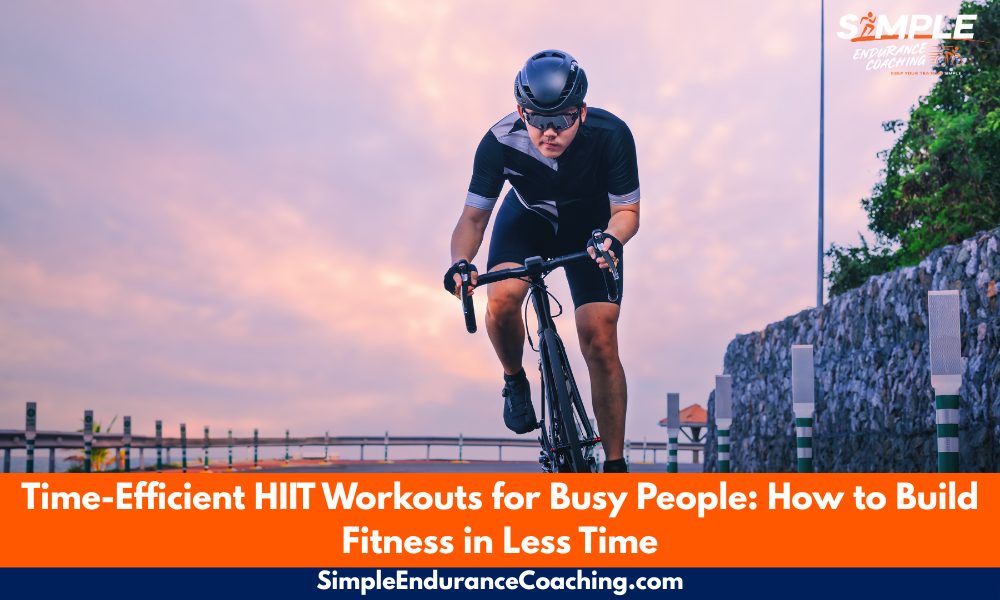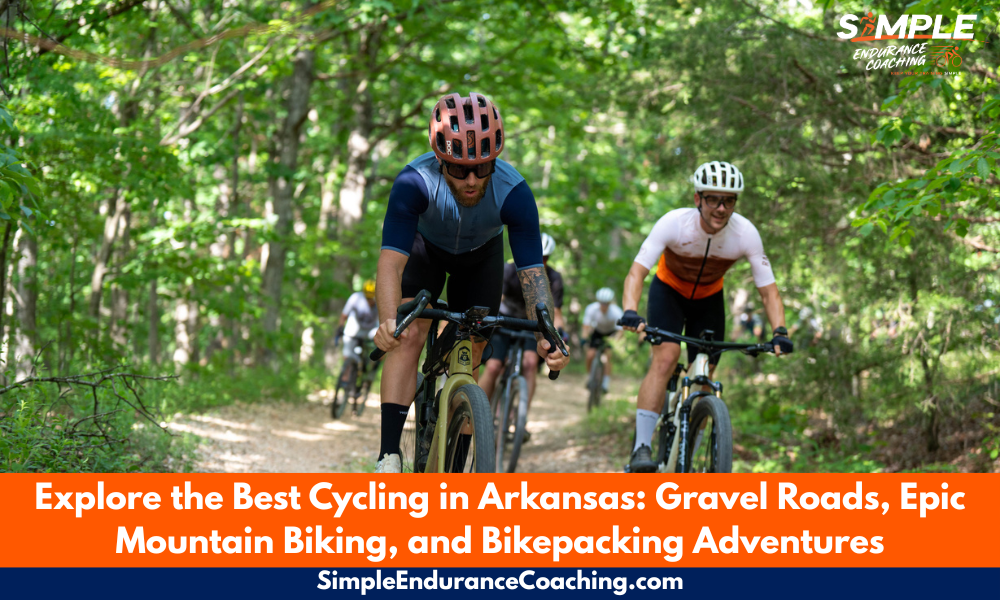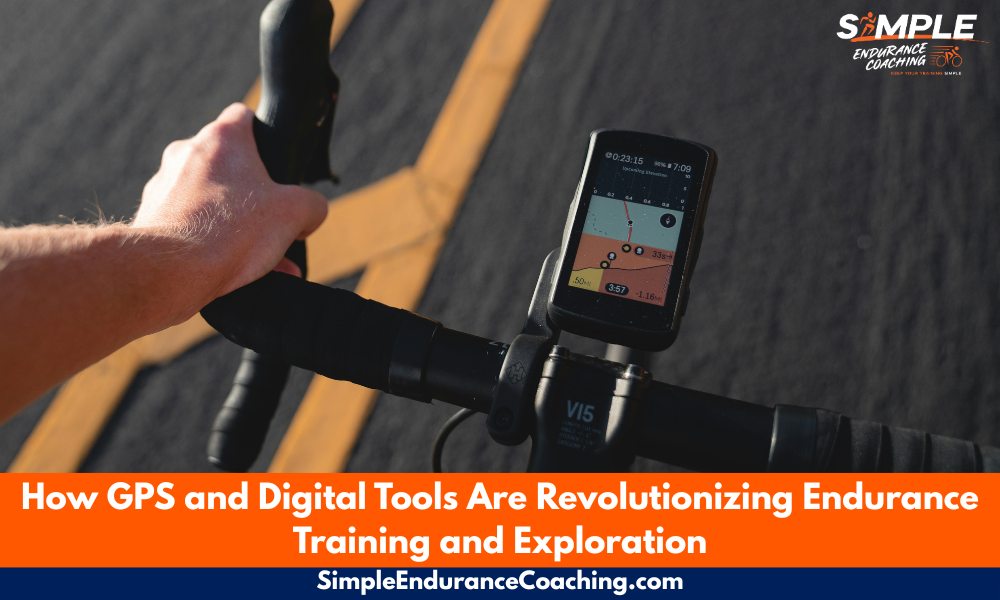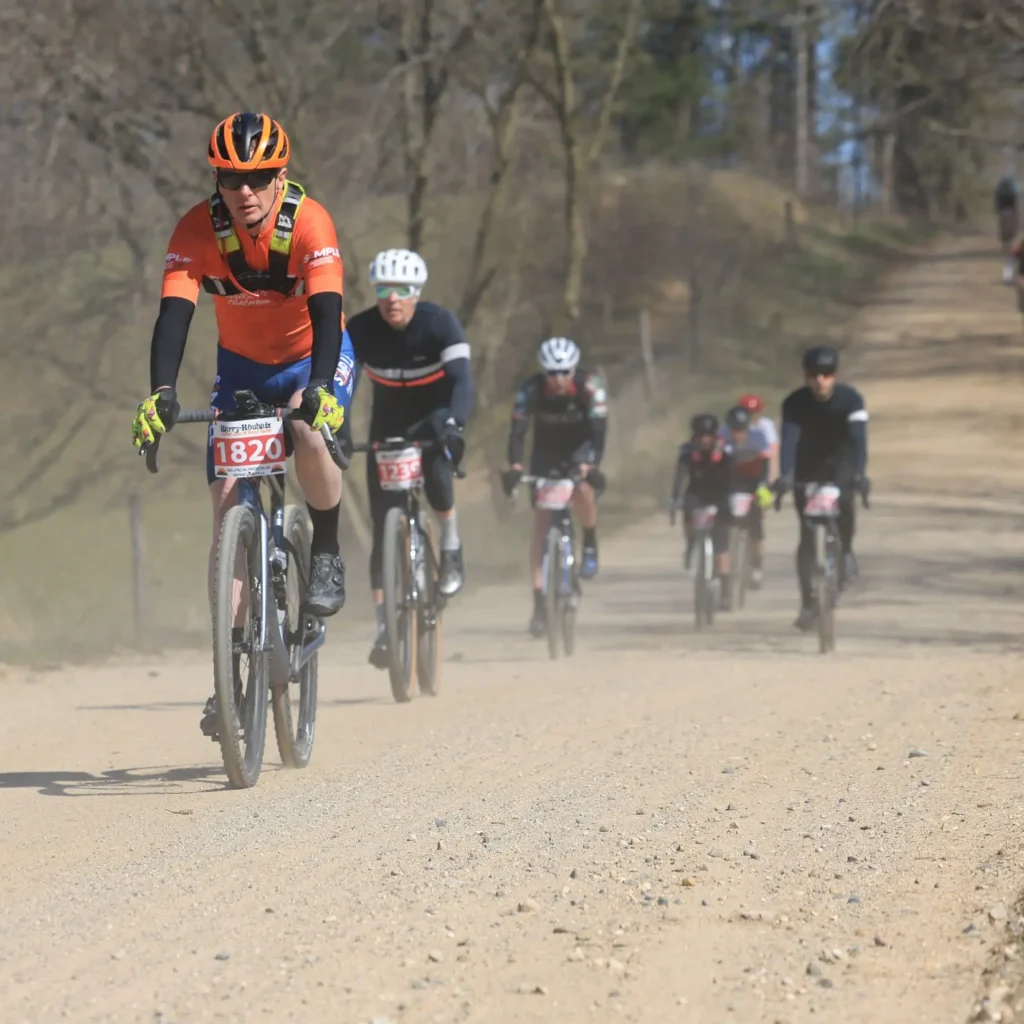Mastering midlife nutrition: a guide for the over-50 endurance athlete to lose weight, gain energy
Navigating nutrition after 50 can be tricky at best, especially as an endurance athlete.
I had a long discussion with several older male athletes about nutrition recently and decided to share my current understanding. (I have a nutrition certification, and I’m not a nutritionist or dietician.)
Some endurance athletes over 50 tend to not eat enough calories to adequately fuel their endurance training.
When I discussed specific nutrition with my athletes, they were well short on calories, especially protein.
So we discussed adding calories, not from carbohydrates, but from fat, adding more protein, and using a more low-carbohydrate, high-fat diet.
Look out for an upcoming Athlete’s Compass podcast when we discuss this kind of nutrition!

Endurance athletes need sufficient calories
First, the issue of not enough calories.
One athlete was trying to lose some weight by eating salads and restricting calories.
When your body senses a lack of calories, it goes into starvation mode, holding on to fat to protect itself.
In addition,
- Metabolic slowdown: Not eating enough calories can cause the body’s metabolism to slow down as it tries to conserve energy. The body becomes more efficient at using the fewer calories it gets, which can decrease the rate at which weight is lost over time.
- Loss of muscle mass: Calorie restriction can lead to a loss of muscle mass because the body starts to use muscle protein for energy. Since muscle tissue burns more calories than fat tissue, losing muscle mass lowers the metabolic rate, making it harder to lose weight and easier to gain it back. At the very least, not enough calories and not enough protein will not allow your muscles to rebuild after workouts.
- Increased appetite and hormonal changes: Calorie restriction can increase the production of hunger hormones like ghrelin and decrease the levels of fullness hormones like leptin. This hormonal imbalance can lead to increased appetite and cravings, making it harder to stick to a diet and more likely to overeat at the wrong time.
You likely need more protein
Second, these athletes weren’t getting enough protein in their diets.
In general, endurance athletes should aim for about one gram per pound of body weight.
Not enough protein causes all sorts of issues, including:
- Impaired Muscle Repair and Growth: Protein provides the amino acids necessary for muscle repair and growth. After endurance activities, muscles need to recover and repair the micro-tears that occur during exercise. Insufficient protein can slow down this recovery process, leading to prolonged muscle soreness and potentially increasing the risk of injuries.
- Reduced Performance: Adequate protein intake is crucial for maintaining muscle strength and endurance. Without enough protein, an athlete’s performance may suffer because their muscles cannot efficiently repair and adapt to the stresses of training. This can lead to a decrease in overall strength, endurance, and exercise capacity.
- Increased Fatigue: Protein plays a role in the synthesis of hemoglobin, which transports oxygen in the blood. Insufficient protein can affect this process, potentially leading to decreased oxygen transport to muscles during exercise. This can increase fatigue and reduce an athlete’s stamina and endurance.
- Poor Recovery: Protein is essential for the recovery process, not just for muscles but also for the repair of other tissues and the synthesis of enzymes and hormones that are crucial post-exercise. Inadequate protein can slow recovery times, affecting training frequency and intensity.
Three changes to nutrition
I suggested three changes to his diet that would get him enough calories and protein to fuel his workouts.
- Add more protein: Nearly all animal products like eggs, meats, fish, and poultry are good. Plus whole milk dairy like Greek yogurt, milk, and hard cheeses are other good choices.
- Add more healthy fats to add calories since fat is more calorically dense than carbohydrates: Butter, cheese, olive, avocado, and coconut oils, as well as nuts and seeds are great sources of good fat. Almond butter made without palm oil is a great choice. I’m still figuring out how much healthy fat to eat.
- Reduce simple carbohydrates like bread, pasta, rice, and cereals. This also means cutting back on alcohol consumption.
These are not draconian changes
Note that I don’t say cut out entirely.
Changing one’s diet is a massive undertaking with a lot of societal pressures.
It would be tough to visit family or friends and tell them you can only eat certain foods.
The goal is to build a healthier balance where more calories come from protein and fat.
I still eat pizza on Friday movie nights (although I’ve switched to a cauliflower crust), and I still love the occasional chicken wing and glass of whiskey.
In other words, don’t be miserable and overly strict.
Cookbooks and cooking
A great reference cookbook and resource is The Real Meal Revolution by low-carb, high-fat advocate Dr. Tim Noakes and others.
There are also many Paleo, Keto, and Atkins diet cookbooks available to give you ideas on what to cook.
I find that breakfast is the most challenging because I don’t necessarily want to cook a full breakfast.
So I tend to cook a smaller amount of oatmeal with egg whites and almond butter mixed in.
Oats are not on the approved list, but that’s one of the compromises that seems to be working for me.
I’m finding increased energy on the bike, and more energy during the day, and I’ve lost several pounds of belly fat that was creeping up on me.
Three things
Here are three things to understand about dietary changes for endurance athletes over 50:
- Make sure you’re getting about one gram of protein per pound of body weight
- Consider eating more healthy fats instead of carbohydrates
- Enjoy good food with friends.
Need more?
GET A FREE Core Strength and Stability training video when you opt-in to receive my weekly blog posts about what works in endurance sports.
SIGN UP FOR A Virtual Coffee so we can discuss your goals, ask questions, and talk about making your endurance training more effective, fun, and Simple.
Paul Warloski is a:
- USA Cycling Level 2 Coach
- RRCA Running Coach
- Training Peaks Level 2 Coach
- RYT-200 Yoga Instructor
- Certified Personal Trainer




